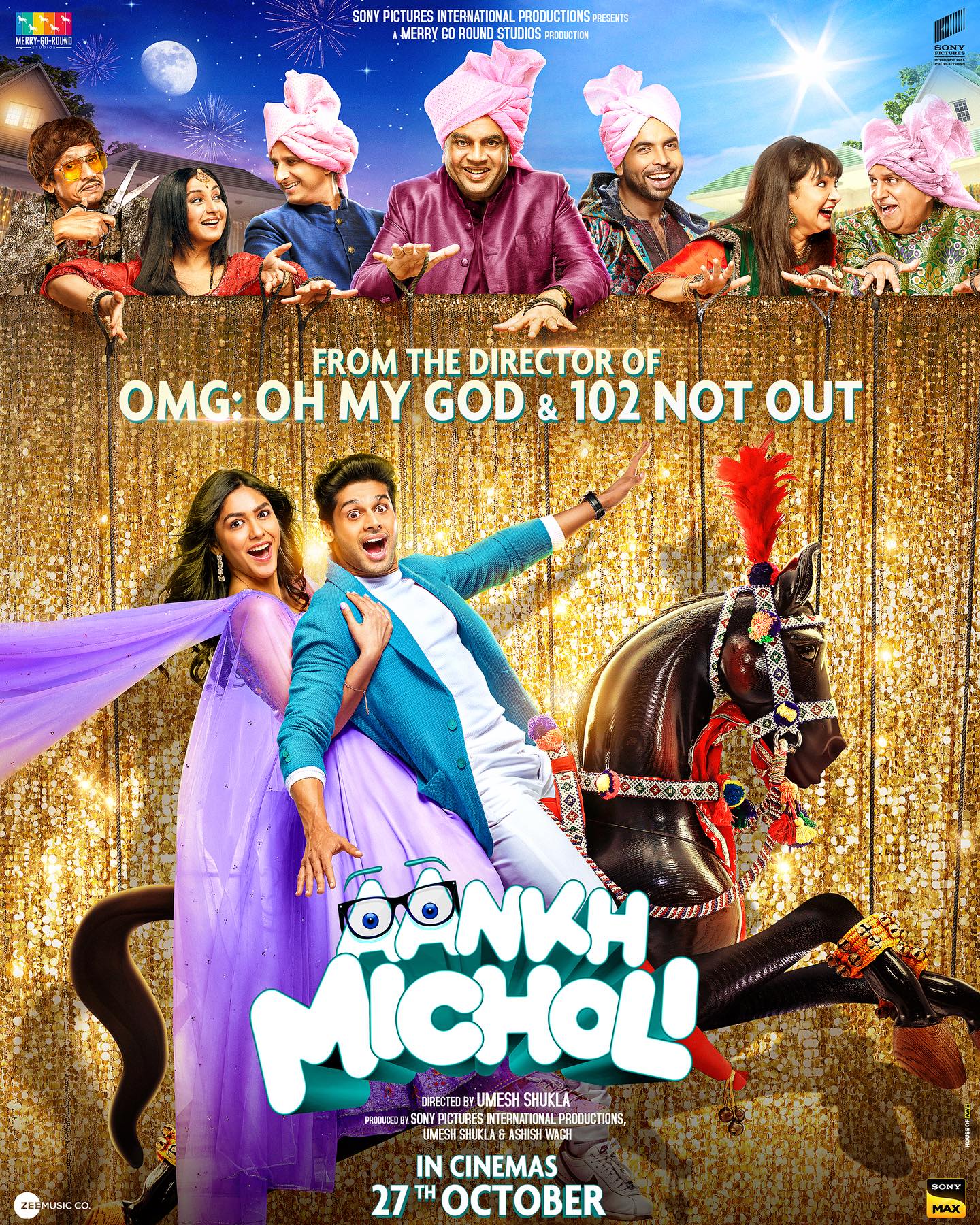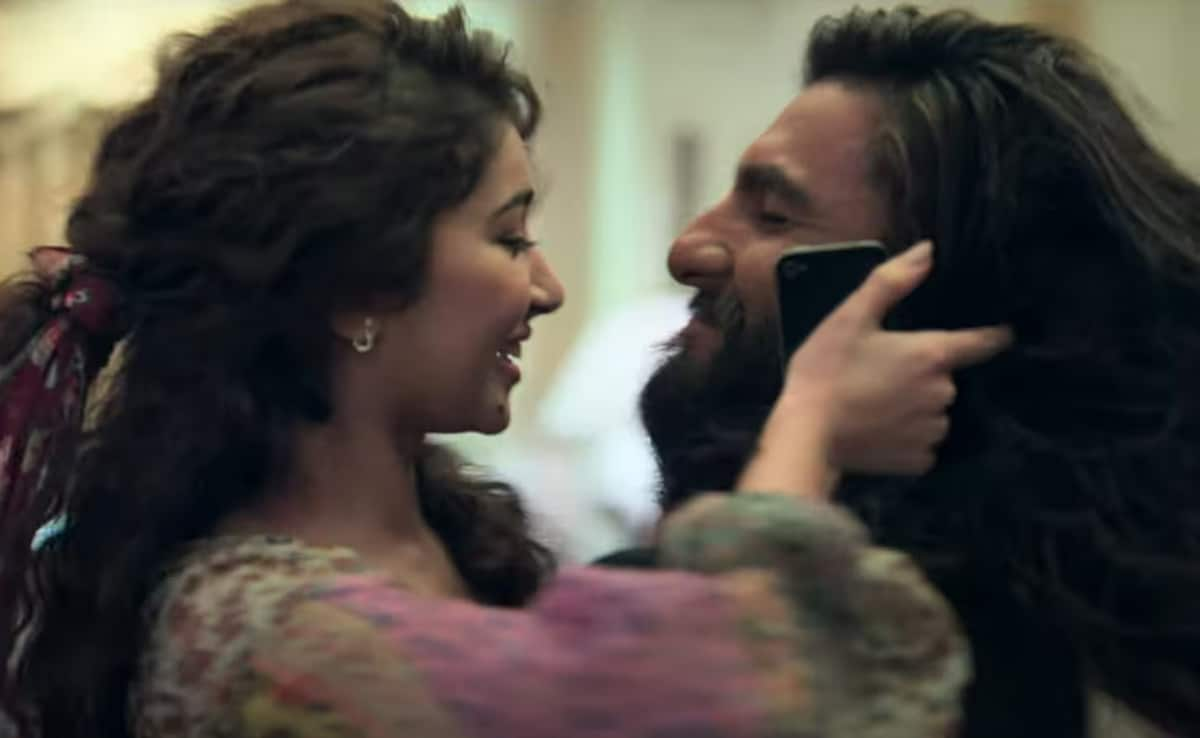Earlier this year a campaign took the internet by storm – ‘Assume that I can, so maybe I will’. 22-year-old actor Teva is seen questioning assumptions about people with Downs Syndrome and how that limits their possibility – cutting through the philosophical heart of social behaviour related to disabilities. In recent years we have seen some development in media representation of people with disabilities but we continue to miss the mark in popular discourse. In a recent case against a Sony Pictures film Aankh Micholi, the Supreme Court laid out guidelines against the ‘disparaging’ portrayal of Persons with Disabilities (PwDs). What went wrong? And, are the guidelines enough?
In a recent case against a Sony Pictures film Aankh Micholi, the Supreme Court laid out guidelines against the ‘disparaging’ portrayal of Persons with Disabilities (PwDs). What went wrong? And, are the guidelines enough?
Cinema uses many tools to signify layered meanings – a character does not exist in the vacuum of a cinematic universe but the way they are characterised carries real-world connotations. Like any art form, cinema can use resources from reality, transform it within the medium and return it to reality to become an agent of change – small or big. In the many diverse characteristics, disability of any form or kind is not an uncommon nor unspecific narrative tool.
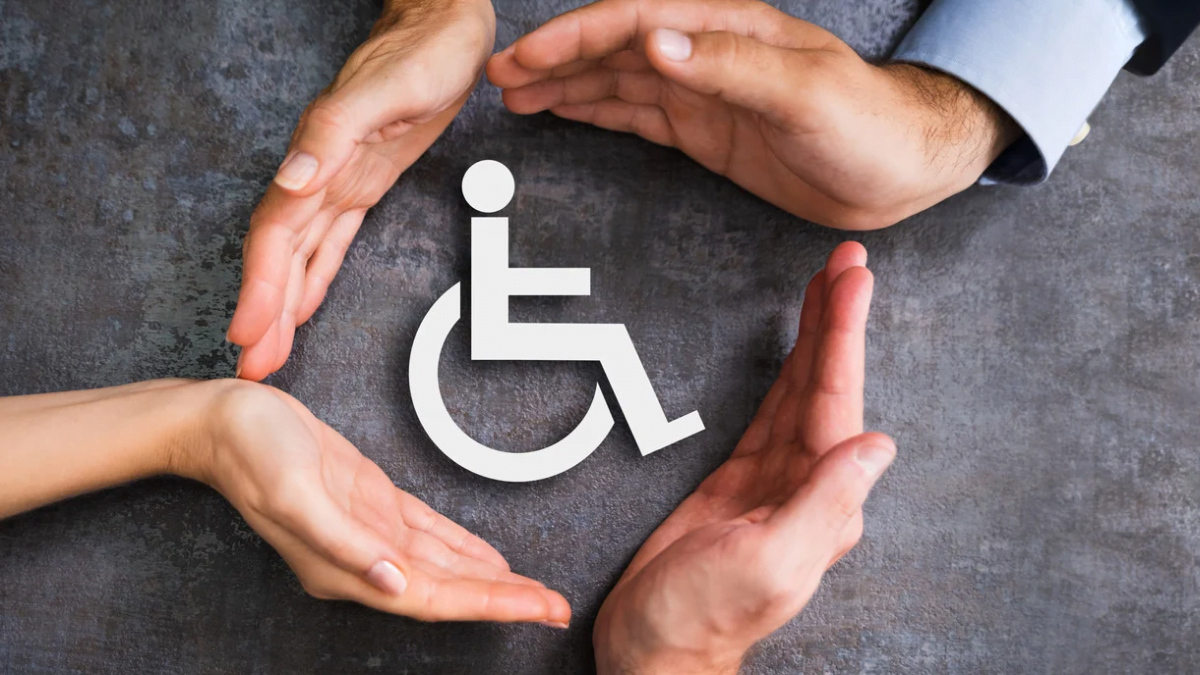
One of the earliest films to portray disability as a central motif was The Fake Beggar (1898), directed by Thomas Edison. It shows the use of disability as a tool to gain sympathy – the image of beggary as a public nuisance was only aggravated by this portrayal. It is only the first symptom of cinema and the larger social discourse around disability – we have seen a few common narrative options – sympathy, melodrama, horror or a comic tool.
Disability: a popular and lazy attempt at humour
Indian cinema has historically shown a propensity to hide weak comic scripts with disability. The 2000s saw a surge in comedy films in Bollywood. Golmaal, one of the most popular series from that time, has a mute character as one of its central sources of comedy and adds many more layers of disability in secondary and tertiary characters – to elicit laughter. The trend continued through films like Welcome, Phir Hera Pheri, Housefull 3, Pyaare Mohan and more. Aside from using disability as comic characters, disability has been historically the butt of popular jokes.
But it would be remiss to talk about disability in Indian cinema without mentioning Sai Paranjapyi’s Sparsh, which not only portrays the regular mundane reality of the protagonist but also addresses the need for agency over pity and sympathy. It is a rare gem in a sea of narratives perpetuating and reasserting stereotypes. A few other sensible films from the industry were Barfi, Guzaarish, My Name is Khan and the lovely film Margarita with a Straw, which touches upon the globally avoided subject of sexuality and disability. But it seems like with many other social regressions, popular Indian cinema has also taken a backward detour.
To contrast the two films of recent times – Srikanth (2024) and Aankh Micholi (2023) it is evident that all has not been lost despite the old media habit of punching down.
To contrast the two films of recent times – Srikanth (2024) and Aankh Micholi (2023) it is evident that all has not been lost despite the old media habit of punching down. Helmed by Rajkumar Rao Srikanth is not the strongest biopic we have seen but it does get a central theme correctly – that the problem is not individual disability but social inability. We are unable to create a world that is designed for universal diversity and continue to treat disability as a category.
Aankh Micholi sits at the opposite end of this discourse. The trailer looks like an array of characters with different disabilities used constantly as the tools and agents of constipated humour. First is the insult of the represented characters and second is the threat of yet another badly made comedy. After public ire from scholars and activists, a case was lodged against Sony Pictures by activist Nipun Malhotra for insensitive portrayal of differently-abled individuals.
Freedom of speech, muzzling of media and other conundrums
The Supreme Court last week was lauded for a “landmark” judgment against the disparaging portrayal of differently-abled people in media when in effect it refused to interfere with the public screening of the controversial film Aankh Micholi, as was already decided by the film certification body CBFC. So what was the landmark judgement about?
In layman’s terms a vague rebuke, in more formal language the court laid down guidelines about the portrayal of disability in visual media. What were the guidelines? ‘If the overall message of the film justifies the depiction of disparaging language being used against persons with disabilities, it cannot be subjected to restrictions beyond those placed in Article 19(2).’ So, in summary, the end shall justify the means. But who decides the justification of an end or what it signifies in the subjective medium of cinema?
Headed by Prasoon Joshi, CBFC had okayed the film without much ado and shall now continue to your nearest screen without any hiccups. What end could possibly justify the exhausting marathon of jokes at the expense of the differently-abled? That is not the court’s headache as it upholds the integrity of freedom of speech (Article 19), despite failing to do the same for its civilians, journalists and political activists.
What the Supreme Court successfully drew our attention to in the conversations last week is the focus on the human rights model of disability.
What the Supreme Court successfully drew our attention to in the conversations last week is the focus on the human rights model of disability. The medical model focuses on the medical or pathological conditions of human disability while the social model is the structure and attitude of society towards people with identified disabilities. Both structures in different ways otherise and pathologise human disability. There is us and then there is them.
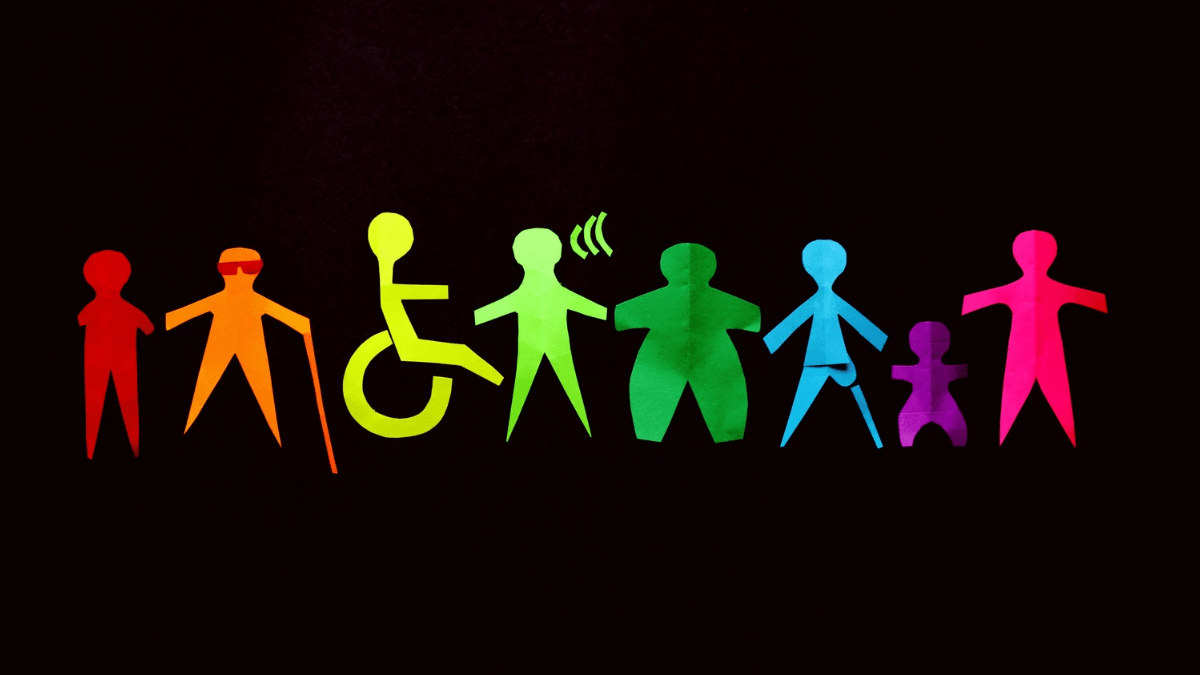
But the human rights model is an intrinsic character of the international human rights law principles, wherein disability is a natural part of human diversity thus PwDs are also rights holders. This framework positions disability as just another aspect and not a defining quality of any human being. The Court draws this model as the most effective tool for drawing positive action and obligation from both government and private parties.
However, the court continues to shy away from any direct judgment regarding communication regarding differently-abled citizens as it either obstructs the freedom of speech or ventures towards compelled speech. So, this judgment can merely begin a conversation about how representation of the differently abled should look like in media, and nothing more.
Diversity is a special box to tick and not the norm
With most cinema halls without necessary access and aid for differently abled audiences, this conversation almost seems moot. An ill-designed society continues to streamline the human experience. Diversity is a special box to tick and not the norm. The autonomy and agency of people who are not “regularly” able will and must dictate what vague terms like “disparaging” mean. Ability is not uniform and monolithic – it is a spectrum of the human system. We are all standing at various intersections of ability and disability. While upholding freedom of speech is crucial in the age of aggressive media muzzling, it is important then to be louder in the counter-narratives. It is not the Supreme Court nor CBFC who will be able to create a more equitable visual discourse but more creators who are willing to break the moulds created by and for cinema.
As Hannah Gadsby’s Nanette states – in practising humour, aim at those in power and keep punching up. Anything that feels different from the popularly accepted normal is either to be feared or ridiculed – we have seen this also in the queer representation in Bollywood through the ages. In one of their sets from the standup special Douglas, Hannah talks about their autism. They were diagnosed later in life and speak candidly about their experience – and yes, with ample digs and jokes.
In one of their sets from the standup special Douglas, Hannah talks about their autism. They were diagnosed later in life and speak candidly about their experience – and yes, with ample digs and jokes.
It lands as you laugh with Hannah and not at them. While lawmakers continue to chide makers of bad representation within the ambit of the legal system, radical change shall come from within the community. More writers, actors, filmmakers and everyone else from a different spectrum of disability will be the creators of a more equitable language – and vastly more interesting material to watch.
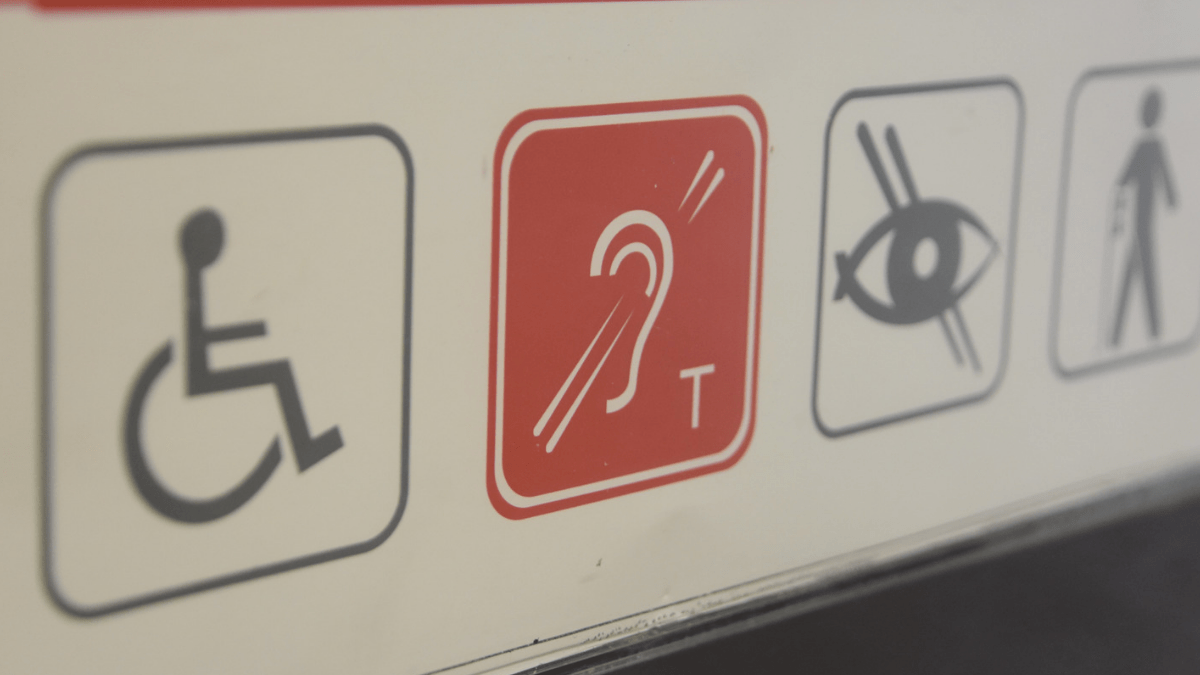
Early this year UK training body ScreenSkills started training a batch of differently-abled students to become the next generation of filmmakers – cinematographers, directors, producers and more. BAFTA award-winning TV director Jordan Hogg grew up with cerebral palsy. In an interview with the Guardian a few years ago, Hogg said, ‘In 15 years, I’ve never come across another disabled director.’
He went on to direct the BBC series Ralph & Katie (2022), a story of two newlyweds navigating their way through love and independence. They also happen to have Downs Syndrome. It has been proven that empowering the voices of the under and misrepresented communities is the only way to tell more authentic stories. The Indian creative society must ensure more people from the community are actively creating – telling us stories about and for the differently abled, and tickling our bones in the right way.
About the author(s)
She/they is an editor and illustrator from the suburbs of Bengal. A student of literature and cinema, Sohini primarily looks at the world through the political lens of gender. They uprooted herself from their hometown to work for a livelihood, but has always returned to her roots for their most honest and intimate expressions. She finds it difficult to locate themself in the heteronormative matrix and self-admittedly continues to hang in limbo

